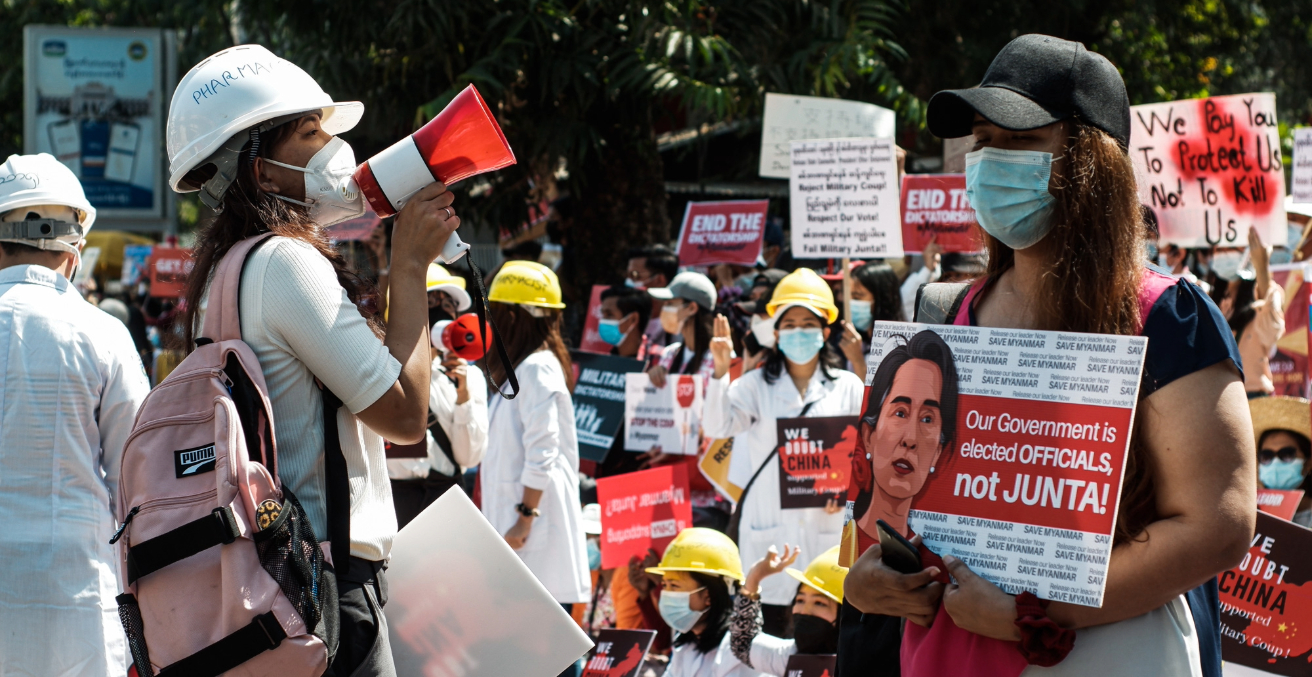Many ongoing challenges pervade ASEAN-China relations, not least China’s assertive maritime claims in the South China Sea (SCS). Further dialogue on a Code of Conduct for the SCS at this year’s summit illustrates that reaching an agreement may simply be impossible.
Chinese Prime Minister Li Qiang has attended the 43rd ASEAN Summit which has taken place across 5-7 September in Jakarta. Apart from attending the Summit, Li will also testthe Chinese-built Jakarta Bandung Fast Train, one of the largest Chinese projects in Indonesia, if not Southeast Asia, accompanied by President Jokowi.
The ASEAN Summit agenda covered a number of important issues, among them the Myanmar crisis, which is considered a top priority. No members of Myanmar’s junta or any other government representatives were invited. The Junta is viewed widely across ASEAN member states as a party that has hindered peace in the region.
With little possibility of change in the situation in Yangon, especially after the 2021 coup, the Philippines has stated that it is ready replace Myanmar as chair of ASEAN for the 2026 summit, in which it was supposed to host.
This year’s ASEAN Summit has concentrated on discussing the issue of the South China Sea (SCS), which has come after the recent release of China’s latest map on 28 August by the Ministry of Natural Resources. The new map encircles most of the SCS, with new inclusions east of Taiwan, areas of Arunachal Pradesh state and Aksai Chin plateau on the Indian border, as well as the North Natuna waters, part of which sit within Indonesia’s Exclusive Economic Zone. The map, predictably, sparked tensions in several countries, especially in Malaysia and the Philippines, which have ongoing disputes with China over maritime territories in the SCS region.
Indian officials, meanwhile, have responded by criticizing China’s presence at this year’s G-20 event, which will be held in their country. Xi Jinping has indicated that he will not come. Meanwhile, Indonesia has also rejected China’s unilateral claims in the Natuna waters.
China’s vast claims in the SCS are not just related to territory, but also the natural resources in the area. From marine products to fossil fuels, it is estimated that there are 190 trillion cubic feet of natural gas reserves and around 11 billion barrels of oil to be exploited.
The attempts of this year’s ASEAN-China Summit on Wednesday to accelerate the negotiation of the Code of Conduct (CoC) in the South China Sea have met once again with failure. The commitments of the two regions were also recorded in four meeting documents under the title “Guidelines for Accelerating the Early Conclusion of an Effective and Substantive Code of Ethics in the LCS.”
The Code of Conduct is an arrangement to not use the SCS area arbitrarily for individual needs or to threaten the sovereignty of other countries. The CoC itself has been ongoing for more than 20 years, since 2002. Agreement continues to elude the members since no common view is held among the parties involved. This is compounded by China’s reluctance to comply with the law of the 1982 Maritime Convention.
Analysts have argued that pushing for a CoC agreement is an important part of balancing China in the SCS, while also assuring that maritime claims are handled peacefully and through the rule of law.
It is a good thing for ASEAN to discuss this issue at the recent summit. However, making sure that a CoC is agreed upon is also important. Countries in ASEAN need to ensure that their economic dependence on China does not make them powerless in the face of Beijing. China also needs ASEAN for the latter’s economic prospects, which contributes to regional Belt and Road Initiatives.
Sidharto R. Suryodipuro, Director General of ASEAN Cooperation, said that the issue of the map would be raised at the foreign minister level session and the summit of heads of state. However, it seems that this issue was not even discussed in the China-ASEAN Summit session. China did not comment much on this issue, and instead of discussing its actions, only advised ASEAN to continue to strengthen its solidarity.
Part of the problem for ASEAN in handling the CoC is that its focus has tended to turn on strengthening their economic cooperation. At this years ASEAN-China summit, most of dialogue revolved around the signing of six cooperation documents in various sectors. One of them is related to the joint commitment to encourage the implementation of the ASEAN Outlook on the Indo-Pacific (AOIP).
AOIP is an Outlook designed to maintain peace, security, stability and prosperity in the Indo-Pacific region by promoting an open and inclusive approach to dialogue and cooperation in areas that are ASEAN priorities, namely maritime, economy, connectivity and achieving sustainable development goals.
However, in its implementation, AOIP still faces a number of challenges, especially regarding the accommodation of the interests of each country in ASEAN. China has in principle agreed to encourage this outlook, which would also likely help the implementation of the BRI in Southeast Asia.
During the meeting, both sides have also agreed to cooperate in other sectors including maritime, energy transition, infrastructure, smart cities, e-commerce, and MSMEs.
Overall, despite ASEAN’s attempt to accelerate the negotiations on the CoC, it will remain elusive in the coming years. China’s aggressiveness in the SCS has been a topic of discussion in the past years. But regional economic dependence on China has hampered any mitigating processes. With unchanged regional dynamics, the ASEAN summit this year will not result in anything substantial on the SCS issue.
Dr Muhammad Zulfikar Rakhmat is a researcher at the Center of Economic and Law Studies. His research focuses on China-Indonesia-Middle East relations. Yeta Purnama is a researcher at the Center of Economic and Law Studies.
This article is published under a Creative Commons Licence and may be republished with attribution.




